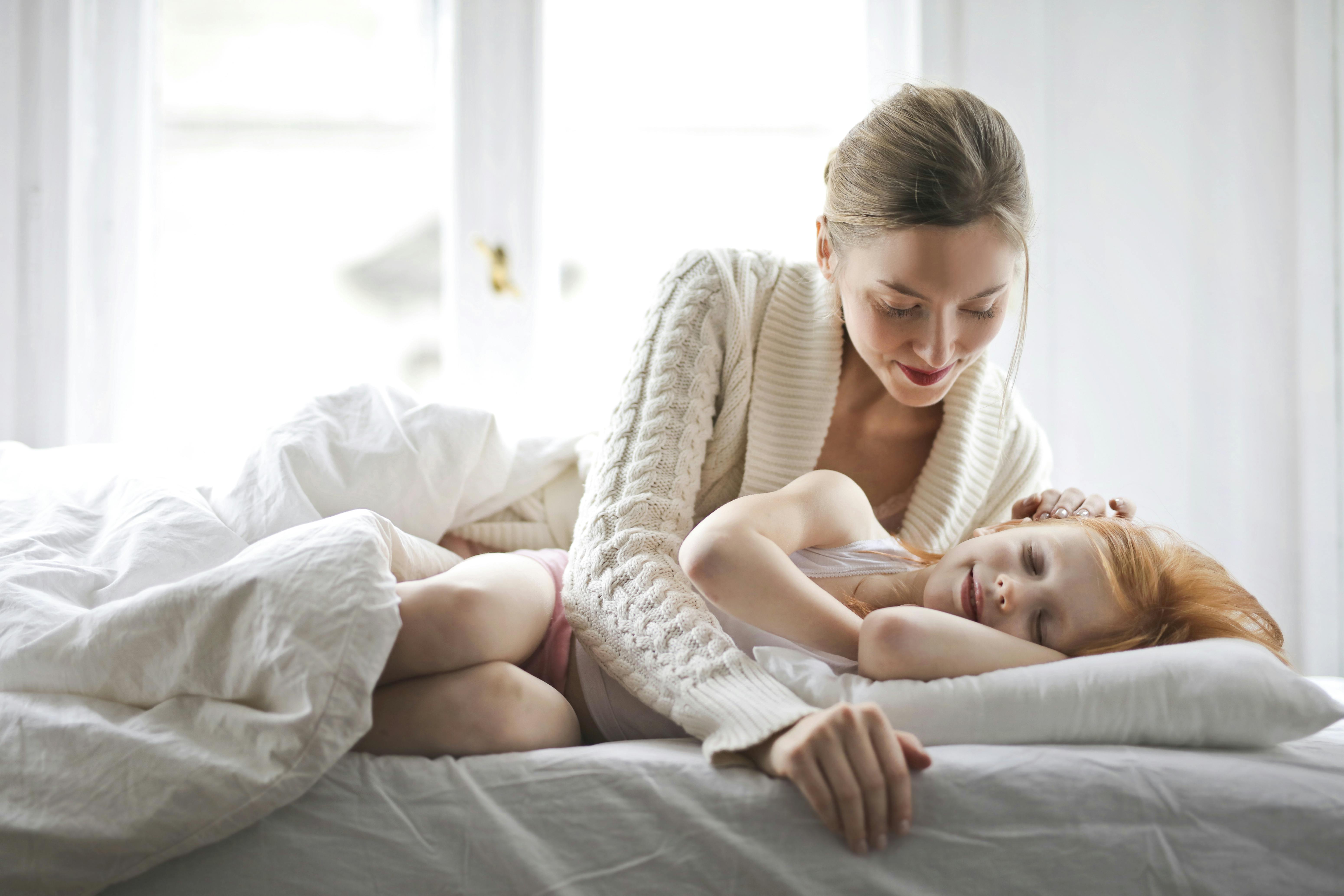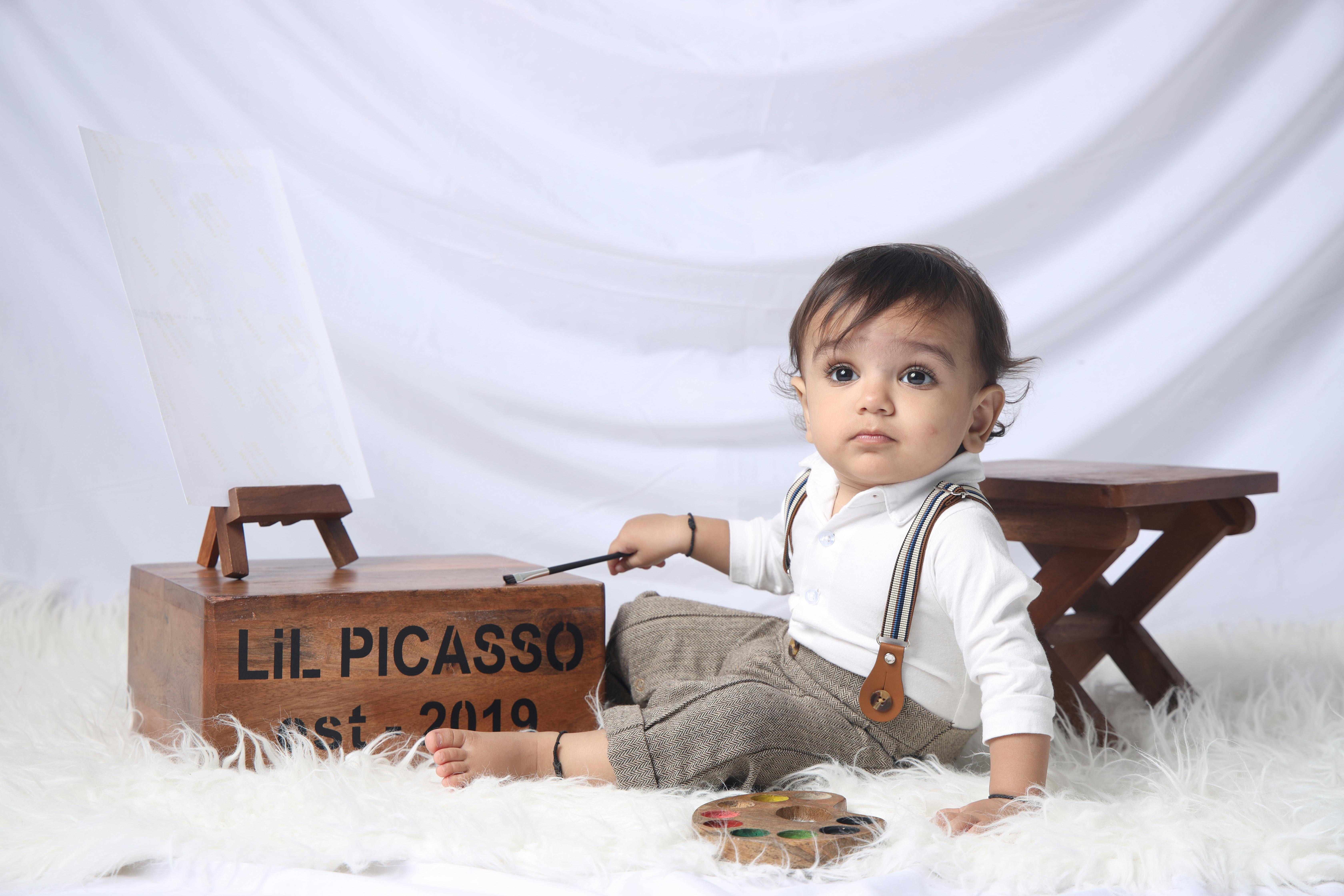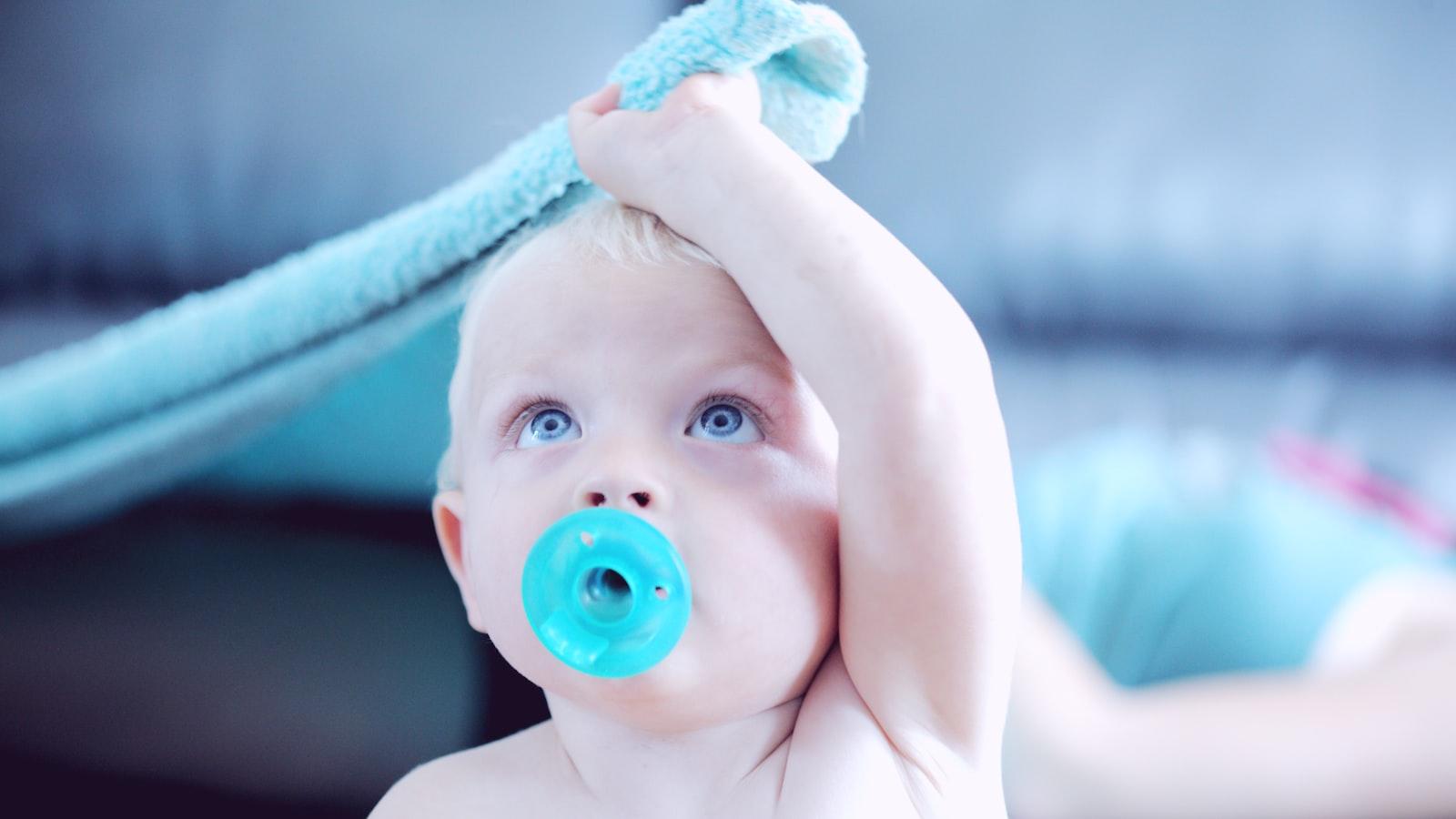Good humidity levels are essential for a baby’s health and comfort. High humidity can cause excessive sweating, skin irritation, and breathing problems. Low humidity can make a baby uncomfortable and prone to illness. Keeping the air in your home at the right level of humidity will ensure your baby’s wellbeing and help them stay healthy.The ideal humidity level for babies is between 40-60%. This range helps keep their skin hydrated, prevents dry air from irritating their breathing passages, and reduces the risk of dust mites and other allergens in the home.
Why Is Humidity Important for Babies?
Humidity plays an important role in the health and comfort of babies. It helps to keep their skin hydrated and helps reduce the risk of respiratory illnesses. High humidity levels help to reduce the amount of dust and allergens in the air, which can cause irritation and congestion in babies. Low humidity levels can make a baby’s skin dry and prone to skin conditions such as eczema. Properly humidified air is also important for preventing colds, flu, and other illnesses that affect babies more than adults.
Humidity also affects babies’ sleep patterns. High humidity levels can make it difficult for a baby to sleep due to excessive sweating, while low humidity levels can cause a baby’s skin to become dry and uncomfortable. Keeping the humidity level between 40-60% is ideal for creating a comfortable environment for babies to sleep in.
It is important to keep an eye on the humidity levels in your home, particularly if you have young children or a baby. Installing a humidifier in your home can help maintain proper humidity levels, particularly during cold winter months when indoor air tends to be drier. Doing this will ensure that your baby or child stays healthy and comfortable throughout the year.
What Are the Ideal Humidity Levels for Babies?
Maintaining the right humidity level in your baby’s nursery is a crucial part of creating a safe and comfortable environment. Too much or too little humidity can cause health problems for your baby, including discomfort, breathing difficulties, and even rashes. The ideal humidity level for babies should range between 40% and 60%.
High humidity levels can cause moisture to build up in the air, leading to an increased risk of mold growth. This can be especially dangerous for infants, as their immune systems are not yet fully developed. High levels of humidity can also lead to allergies and respiratory problems in babies, which can be a serious concern.
On the other hand, low humidity levels are just as bad for babies. Dry air can cause skin irritations such as rashes and eczema, as well as drying out the nasal passages, which can lead to congestion and breathing problems. Low humidity levels also make it harder for babies to regulate their body temperature since the air is not able to hold heat well.
The ideal way to maintain optimal humidity levels in your baby’s nursery is with a hygrometer. A hygrometer is a device that measures the amount of moisture in the air and will help you keep track of how much moisture is present at any given time. You should also use a dehumidifier when necessary if the readings go above 60%.
Monitoring Baby’s Humidity Levels
It is important to keep a check on your baby’s humidity levels as this can affect their health and comfort. Humidity levels should be kept between 40% and 60% for a comfortable environment. High levels of humidity can lead to the growth of mold and mildew, while lower levels can cause dehydration and skin irritation.
Monitoring your baby’s humidity levels is easy with the use of digital hygrometers or sensors. These devices measure the temperature, relative humidity, and air pressure in a room quickly and accurately. They are available in various sizes depending on your needs, from small pocket devices to larger wall-mounted displays.
It is important to place the sensor close to your baby’s bed or crib for accurate readings. You should also take into account other factors such as ventilation when positioning the sensor as this can affect the results. It’s best to mount it away from direct sunlight or heating vents which can cause inaccurate readings due to draughts or hot air.
Once you have positioned your sensor, you should monitor it regularly to ensure that it is working correctly and that the humidity levels remain stable. If necessary, you can adjust the humidity levels using a humidifier or dehumidifier to maintain an optimal level for your baby’s health and comfort.
It’s also important to remember that babies are sensitive to extreme changes in temperature and humidity, so you should avoid making sudden adjustments as this can cause distress or discomfort for them. By monitoring their environment regularly, you can ensure that they remain comfortable at all times in their own home environment.
Does High or Low Humidity Impact Baby’s Health?
Humidity levels in the home can have a significant impact on a baby’s health. Babies are particularly sensitive to changes in humidity levels, as they are still developing and can be easily affected by their environment. High or low humidity can cause a number of health issues for babies, including skin irritations, allergies, respiratory issues, and even infection.
High humidity levels can cause skin irritation in babies since their skin is more delicate than an adult’s. Excess moisture on the skin makes them more prone to developing rashes and other irritations, as it creates an ideal environment for bacteria and fungi to grow. If left untreated, these rashes can become infected and lead to serious health problems.
Babies who live in high-humidity environments are also at risk of developing allergies due to the presence of dust mites and mold spores in the air. These allergens can cause symptoms such as sneezing, coughing, wheezing, and difficulty breathing. In extreme cases, these allergens can even trigger asthma attacks or other life-threatening reactions.
Low humidity levels can also be harmful for babies. Dry air reduces the amount of moisture in the air which can lead to respiratory issues including dry throat and nasal congestion. This lack of moisture also makes it more difficult for babies to breathe and may lead to breathing problems or even infection if not addressed quickly enough by a medical professional.
In order to ensure that your baby is safe and healthy, it is important to maintain proper humidity levels in your home. The ideal range is somewhere between 30% – 50%. Monitoring devices such as hygrometers are available that will allow you to keep an eye on your humidity levels so that you can make adjustments if needed. Keeping your baby comfortable and healthy should always be your number one priority!

High or Low Humidity in Baby’s Room: Risks
High or low humidity levels in a baby’s room can create an environment that is uncomfortable and potentially hazardous. High humidity can lead to the growth of mold and mildew, which can cause respiratory problems. Low humidity can also cause dry air, which can lead to nosebleeds, dry skin, and chapped lips. In either case, the air quality of the room is not ideal for a child’s development.
High humidity levels can also create an environment where dust mites thrive. These tiny bugs feed off of dead skin cells and other allergens and their presence in a baby’s room could cause allergic reactions or asthma attacks. It is important to keep the humidity level at an optimal range of 30%-50% to help reduce the risk of these health problems.
In addition to potential health risks, high or low levels of humidity can also damage furniture in the baby’s room. High levels of moisture will cause wooden furniture to warp and crack over time, while low levels will make wood brittle and prone to cracking or breaking more easily. If left unchecked, this could lead to costly replacements for furniture that was previously in good condition.
Finally, high or low levels of humidity can be detrimental to electronics that may be used in a baby’s room. High humidity causes condensation on electronic parts which increases the chance for short circuits or “shorted-out” components while low humidity makes them more susceptible to static electricity which could damage sensitive components like integrated circuits (ICs). Both scenarios present serious safety hazards so it is important to monitor the indoor climate in order to protect both your child and any electronics you may have set up in their room.
Increasing the Humidity Level in Baby’s Room
One of the most effective ways to increase the humidity level in a baby’s room is to use a humidifier. Humidifiers come in a variety of sizes, from small units designed for one room to larger, whole-house systems. They work by adding moisture to the air, helping to prevent dry skin and allergies in babies and adults alike. When using a humidifier, it is important to remember to clean and maintain it regularly, as well as refill with fresh water on a regular basis. Additionally, an indoor houseplant can help increase humidity levels naturally.
Another way to increase the humidity level in a baby’s room is by taking warm baths or showers more often. The steam created during these activities can help raise the humidity level in the room temporarily. This can be especially helpful in winter months when heating systems tend to dry out indoor air.
Finally, it is possible to use natural materials such as terracotta pots and stones, or even large bowls of water placed around the room. These items help add moisture to the air by evaporating slowly over time.
Decreasing the Humidity Level in Baby’s Room
For those living in hot and humid climates, using an air conditioner or dehumidifier may be necessary for decreasing the humidity level in your baby’s room. Air conditioners work by cooling down an area while dehumidifiers work by removing moisture from the air. It is important to note that both types of machines require regular maintenance and cleaning to ensure proper functioning.
In addition, keeping windows open during cooler months can also help reduce humidity levels naturally by allowing fresh air into your home or baby’s room specifically. If temperature permits, turning on fans can also help circulate air throughout your home and reduce excess moisture build-up from activities such as bathing or cooking that create steam indoors. Finally, leaving absorbent materials such as baking soda or silica gel packets around your home can also help absorb excess moisture from indoor areas like closets or bathrooms where it tends to accumulate more quickly than other areas of your living space.
Should You Consider Purchasing a Humidifier for Your Baby’s Room?
Having a baby can be both an exciting and overwhelming time for parents. With so many products on the market, it is hard to determine which ones are necessary and which ones can be safely overlooked. One product that may be beneficial to consider purchasing is a humidifier for your baby’s room.
A humidifier can help maintain the proper moisture level in the air within the nursery, which can help reduce dryness that can aggravate your child’s skin or nasal passages. As babies have immature immune systems, they may suffer from dry air more than adults do. High levels of humidity also provide an environment that is less friendly to airborne allergens like dust mites and pet dander.
In addition, using a humidifier in your baby’s room can help alleviate snoring, congestion, and other breathing issues that may result from dry air. This is especially helpful during cold and flu season when viruses are more likely to spread through droplets in the air. Keeping the air moist will not only make it easier for your baby to breathe but also help them sleep better as well.
Humidifiers come in a variety of styles including warm mist or cool mist varieties as well as tabletop or whole-room versions. Depending on your needs, you can choose one that best suits you and your baby’s needs. It is important to remember that when using a humidifier, it should be cleaned regularly with vinegar or bleach-based cleaners to avoid bacteria or mold buildup over time.
Overall, having a humidifier in your baby’s room could be beneficial for both their health and comfort levels during cold winter months or year-round if allergies are present in the home. Before making any purchases, make sure to research different types of humidifiers and read reviews on each model before deciding on one that best fits your needs.

Conclusion
Overall, it is important to maintain a good humidity level in the home for the comfort and health of a baby. The ideal relative humidity level should be between 40-60%. This range is safe and comfortable for infants, allowing them to breathe easily and sleep soundly. It is important to check the humidity levels in your home regularly, and use dehumidifiers or humidifiers if needed. Additionally, parents should take extra precautions such as avoiding pollutants and allergens, keeping their baby away from high-temperature sources, and ensuring proper ventilation. Taking the necessary measures will help create an optimal environment for your baby to live in.
In conclusion, a good humidity level for babies should be between 40-60%. Regular monitoring of the relative humidity levels in your home is essential to ensure comfort and safety for your baby. Parents should also take extra measures such as avoiding pollutants, keeping their baby away from high-temperature sources, and ensuring proper ventilation. Taking these steps will ensure that your baby is living in a comfortable environment that’s safe for them.




